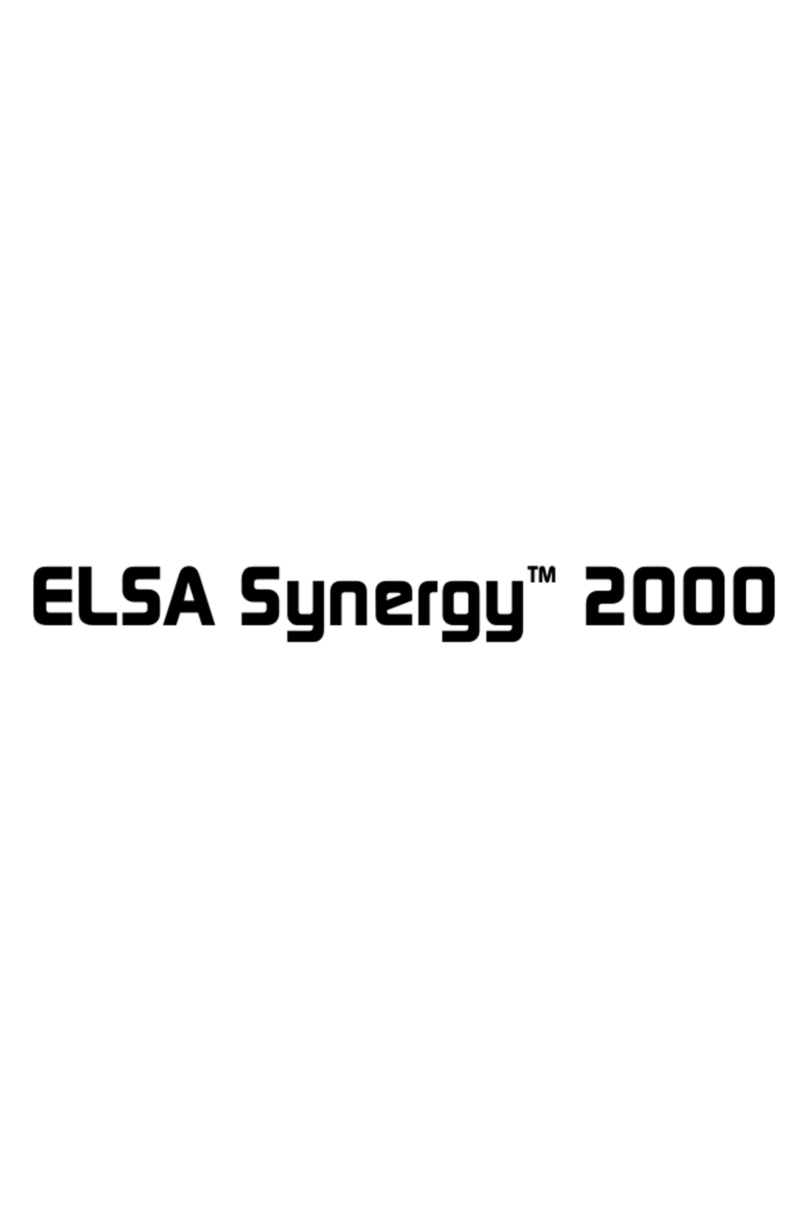
ELSA GLoria-L, -L/MX, -XL, -XXL
VI
What Does
ELSAview 3D
Offer ? .................................................................... 26
Installation ....................................................................................................... 27
ELSA Driver for 3D Studio MAX/VIZ..................................................................... 28
All About Graphics ...................................................................................................... 29
3D Graphics Representation................................................................................. 29
The 3D Pipeline................................................................................................ 29
3D Interfaces......................................................................................................... 31
What APIs Are Available? ............................................................................... 32
Direct 3D .......................................................................................................... 32
Heidi................................................................................................................. 33
OpenGL............................................................................................................. 33
Color Palettes, TrueColor and Gray Scales........................................................... 34
VGA .................................................................................................................. 34
DirectColor ....................................................................................................... 34
VESA DDC (Display Data Channel)....................................................................... 35
DDC1 ................................................................................................................ 35
DDC2B.............................................................................................................. 35
DDC2AB ........................................................................................................... 36
.............................................................................................................................. 36
Technical Data ............................................................................................................ 37
Characteristics of the Graphics Boards ................................................................ 37
Address Assignment for the ELSA Boards ........................................................... 38
Ports on the Graphics Boards ............................................................................... 39
The VGA D Socket ........................................................................................... 39
The VGA D Sub Plug ....................................................................................... 40
Port for 3D Shutter Glasses ............................................................................. 40
Switching Off the Integral VGA Adapter ......................................................... 40
Appendix .......................................................................................................................41
Frequently Asked Questions and Answers........................................................... 41
Installation Problems with your ELSA Graphics Board.................................... 41
Problems with Windows 95............................................................................. 41
General Questions and Answers ..................................................................... 42
Advice and Help.................................................................................................... 43
Who to Contact? .............................................................................................. 43
The ELSA LocalWeb......................................................................................... 45
Driver Updates ................................................................................................. 45
Repair? ............................................................................................................. 45
DOC–Declaration of Conformity ........................................................................... 46
Warranty Conditions............................................................................................. 47
Glossary ........................................................................................................................ 49
Index .............................................................................................................................. 53





























